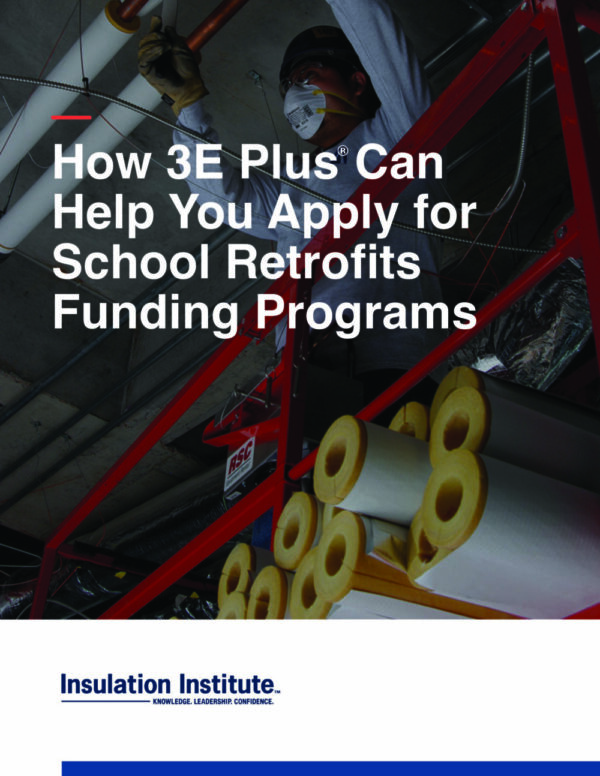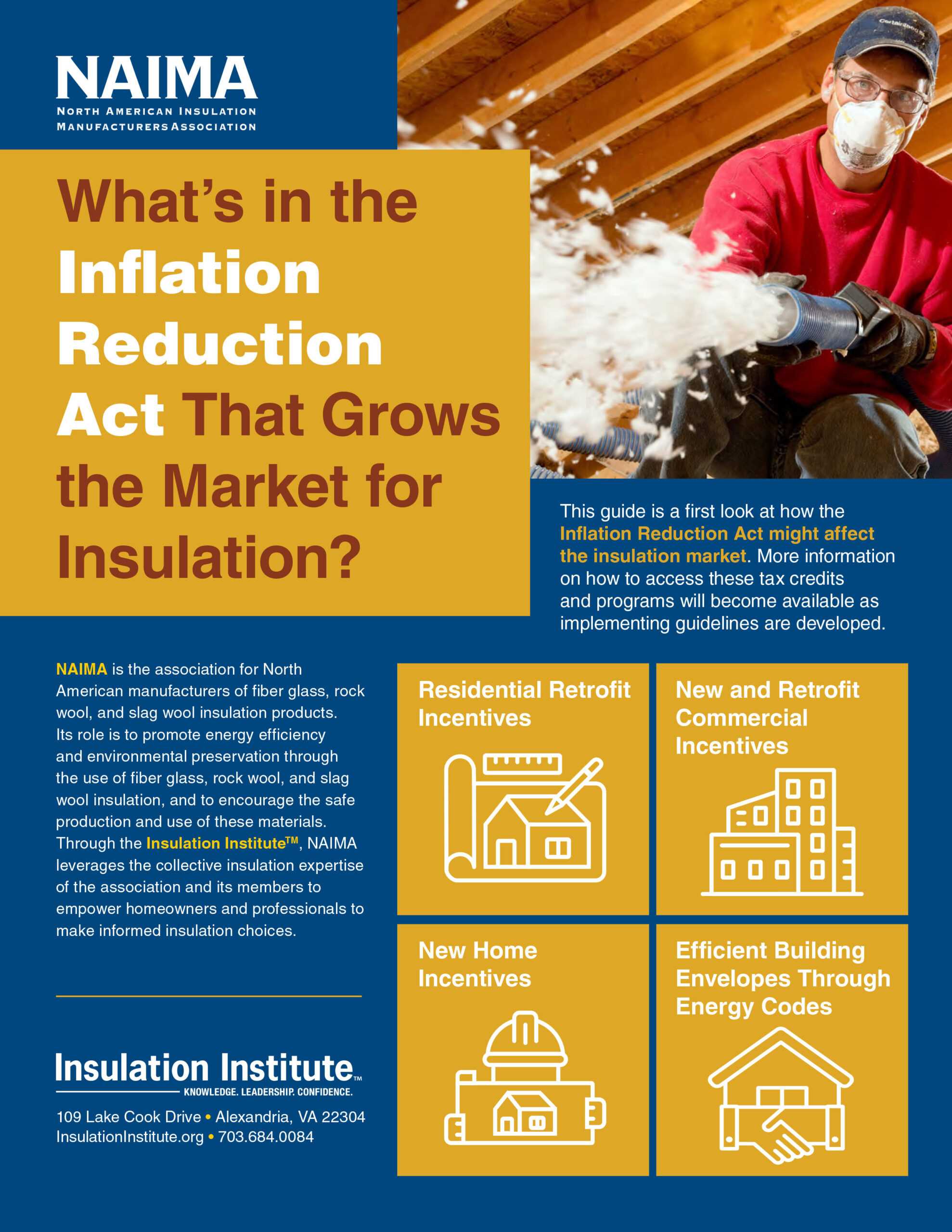Insulation Institute Blog
Posts Categorized: Energy Efficiency
DOE Updates ZERH Specs, Provides 45L Details
The U.S. Department of Energy (DOE) last month released the latest version of the Zero Energy Ready Home (ZERH) requirements for single-family homes. Version 2 of the ZERH requirements included an update of the thermal envelope insulation levels to those required by the 2021 Residential IECC, whereas the previous version (V1 Rev 8) stipulated 2015 IECC thermal insulation requirements. DOE also highlighted the new tax credits available to builders through the 45L builder energy efficiency tax incentive.
Details »Our Top 10 Blog Posts of 2022
Whew! How did 2022 go so quickly?!
Details »State Doing the Most on Energy Efficiency
With the high cost of utilities, a federal mandate to reduce greenhouse gas emissions, and a renewed push for more energy-efficient buildings, some states have implemented programs and policies that ramp up energy efficiency. In fact, 10 U.S. states are on the leading edge of efficiency because of state policies that prioritize it. Unfortunately, other states are laggards, according to the American Council for an Energy-Efficient Economy’s (ACEEE) newly released 2022 Energy Efficiency Scorecard.
Details »An Active Weekend for Passive House
Building industry members have an opportunity from November 11-13 to learn about Passive House buildings in the U.S. and globally during the International Passive House Open Days. Organized by the International Passive House Association, the event will provide the opportunity for those interested in these highly energy-efficient buildings to learn first-hand how a Passive House build or retrofit works and what it’s like to live and work in a Passive House building.
Details »DOE Promotes $9B for Home Energy Efficiency
On Wednesday, the U.S. Department of Energy (DOE) announced that $9 billion in funding will be available for states and Tribes from the Inflation Reduction Act (IRA) for consumer home energy rebate programs. This funding will allow communities to make homes more energy efficient, upgrade to electric appliances, and make other improvements, such as increasing insulation levels, to reduce energy use.
Details »Ekotrope Spots $160M Missed Opportunity for Builders
A new analysis from Ekotrope, the leading provider of home energy rating software, shows U.S. home builders might leave money on the table. Ekotrope software is used to generate energy efficiency insights for one in four U.S. homes. Its analysis concludes that if the homes built this year were slightly more energy efficient, builders could claim more than $160 million in projected tax credits under the Inflation Reduction Act’s (IRA) builder tax credit (45L).
Details »Rule Your Attic Kicks Off Next Week
The U.S. Environmental Protection Agency’s (EPA) ENERGY STAR annual “Rule Your Attic” campaign kicks off on Monday, October 17. The annual campaign encourages homeowners to go into their attic, check their insulation levels, and air seal and insulate if needed. Most homes will need to add insulation as 9 out of 10 U.S. homes are under-insulated.
Details »New: Fact Sheet on Inflation Reduction Act Provisions
NAIMA has produced a fact sheet summarizing the energy efficiency tax credits and programs included in the Inflation Reduction Act (IRA). The IRA offers billions of dollars in incentives for improving building energy efficiency to address climate change, including tax credits and incentives for new construction residential properties, existing home retrofits, and new and existing commercial buildings.
Details »NC Builder Scores Fifth Innovation Award
Home Builder Shawn Jessup, owner of S. D. Jessup Construction, Inc., is now a five-time winner of a DOE Housing Innovation Award, recognizing forward-thinking builders constructing energy-efficient homes on the path to Net Zero. Having accomplished this feat first in 2017 and for the past four consecutive years, that puts him in rare company.
Details »









